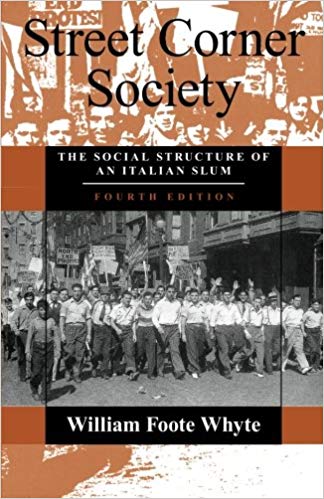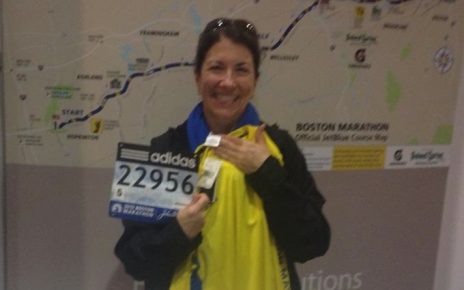Street Corner Society is an iconic study published by William Foote Whyte in 1943. I read and researched this book 46 years ago in college and recently revisited it with the North End’s Dr. James Pasto of Boston’s University. I continue to be puzzled at his use of “gangs and slum” as major notation of descriptiveness.
In my view, Whyte’s only major flaw in his research was not seeing the similarities between southern Italian social structure and the stratification of the North End’s neighborhoods, which coalesced into areas similar in social structure from the towns from which they emigrated. Had he researched these criteria he would have seen clearly that the gang connotation was a social organization in which natural leaders emerge within a group. This was also a neighborhood of recent immigrants so that southern Italian village social structure was known and easily transported. Being an outside observer from Harvard, he could not fully translate the difference between an association gang and club activity.
They were never gangs with gang leaders, nor were they slums, they were in fact many religious or social organizations offering help with jobs, not charity. Hence, the many religious feasts practiced to this day.
The sub-title of Street Corner Society is pretty descriptive and flavors the entire study before the reader turns to page one. Calling this study “The Social Order of an Italian Slum,” is pretty definitive. Even in the fourth edition, the dated photo used is a protest in a very clean North End with neatly dressed protesters. There were no bedraggled dressed adults or children, in fact the North End was the only neighborhood that never had a need for a public housing project or known homelessness. It was also, and still is, the safest neighborhood in Boston.
Of course the underworld was present, but they were friendly bookies not hustlers or robbers, and some were our neighbors. The word gang was a misnomer used against all Italians, and even academics were not immune from misconstruing its meaning because of acculturation taught in that period in America, only twenty years after Sacco and Vanzetti were railroaded into execution.
In doing any research, the most difficult part is trying to remove your own prejudices. Whyte did a marvelous study and most of it hit its mark.





I read the book a few years ago and loved it. My cousins were part of the “Corner”. They certainly never dressed bedraggled. Italian men and women took pride in their appearance. The men on the cover of the book certainly prove that.